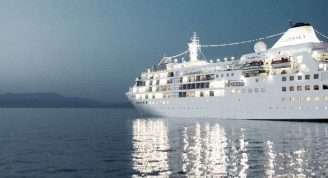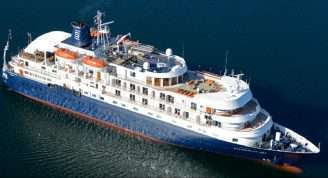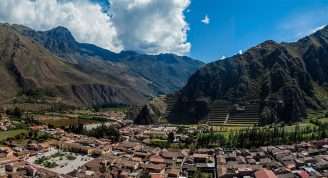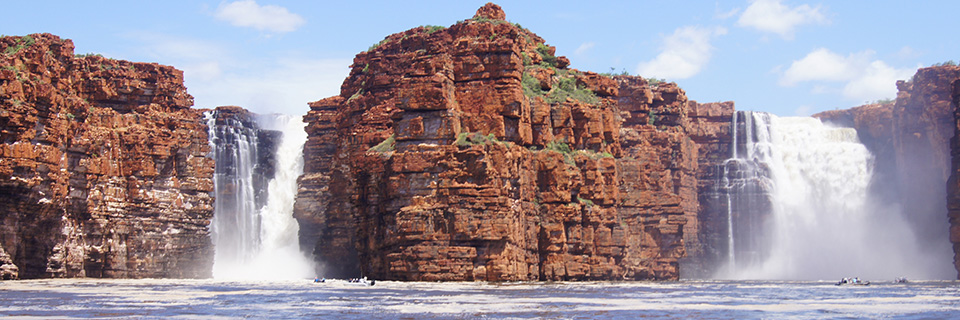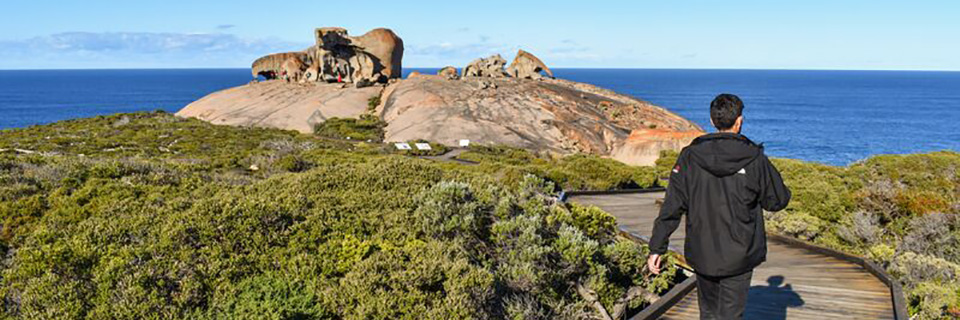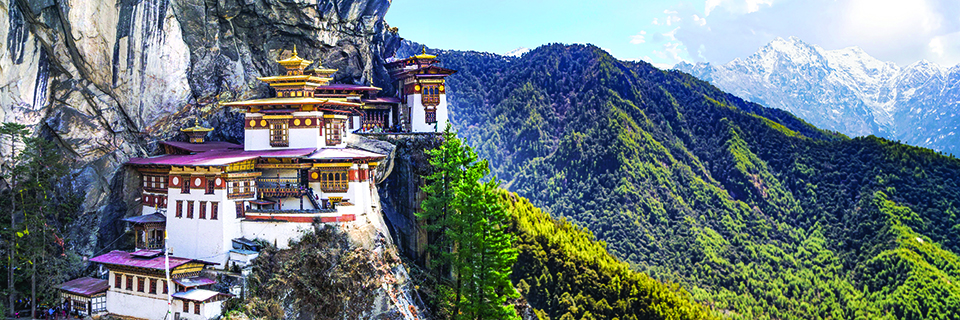Description
The seventh continent beckons travellers with its promise of snowy plains and unparalleled wildlife, but many fear the (in)famous Drake Passage crossing. But that is no longer the case! Travel aboard our Antarctica Bridge sailings and get set to fly straight to King George Island, just a 2-hour sail from the Antarctic Penisula. Skip the Drake Passage and spend your days soaking up the wonderful world of Antarctica, not popping seasick pills.
Your Antarctic adventure begins as soon as you arrive in Punta Arenas. Enjoy meeting your fellow explorers during an evening briefing and welcome dinner before travelling the next day by private BAE146 aircraft to King George Island, where Silver Explorer and your life changing voyage await.
Trip Name
King George Island to King George Island Fly Cruise 5 (Silver Explorer)
Days
7
Overview
Vessel Type: Luxury Expedition
Length: 108 metres
Passenger Capacity: 144
Built / refurbished: 1989 / 2008 / 2018
Silversea’s purpose-built luxury Silver Explorer expedition cruise ship has been designed specifically for navigating waters in some of the world’s most remote destinations, including both of earth’s polar regions. A strengthened hull with a Lloyd’s Register ice-class notation (1A) for passenger vessels enables the Silver Explorer Expedition Cruise Ship to safely push through ice floes with ease. A fleet of 12 Zodiac boats allows Silversea Expedition guests to visit even the most off-the-beaten path locations and an expert Expedition Team provides insight and understanding to each unforgettable Silver Explorer luxury cruise adventure.













